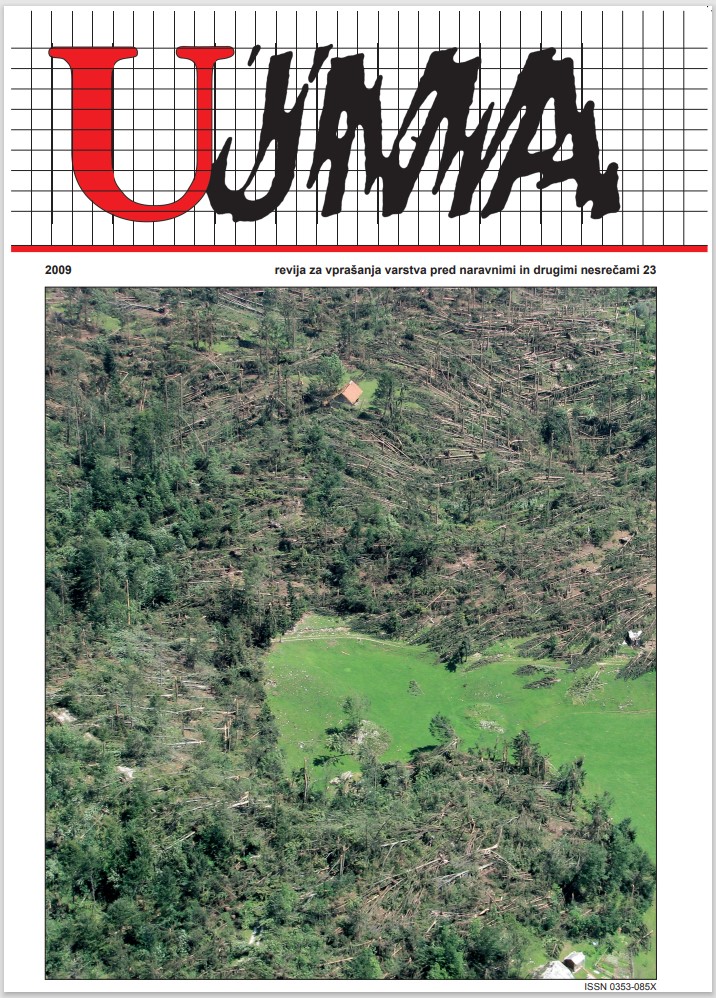RUMORS AND THEIR CONTROL
Abstract
Rumors appear in everyday life, but they are especially prevalent during disasters and other crises when people want to make sense of what is going on. Rumor characteristics, factors influencing their spread, and ways of controlling them are presented in this study.
References
DiFonzo, N., Bordia, P., 2007. Rumor Psychology. Washington, APA.
Emler, N., 1995. Rumor. V: A. S. R. Manstead, M. Hewstone (Eds.). The Blackwell Encyclopedia of Social Psychology, Oxford: Blackwell, 487–8
Fearn-Banks, K., 2002. Crisis Communication, Mahwah, LEA.
Kimmel, A. J., 2004. Rumors and Rumor Control. Mahwah, LEA.
Lerbinger, O., 1997. The Crisis Manager. Mahwah, LEA.
Milgram, S., Toch, H., 1969. Collective Behavior: Crowds and Social Movements. V: Lindzey, G., Aronson, E. (Eds.). The Handbook of Social Psychology, vol. 4., London, Addison-Wesley Publishing Company, 507–610.
Pratkanis, A., Aronson, E., 1991. Age of Propaganda. New York, W. H. Freeman.
Sampson, E. S., 1976. Social psychology and contemporary society. New York, Wiley.
Šiber, I., 1992. Politička propaganda i politički marketing. Zagreb, Alinea.
Turner, R. & Killian, L., 1972. Collective Behavior. Englewood Cliffs, Prentice Hall.
vanGinneken, J., 2003. Collective behavior and public opinion. Mahwah, LEA.
Zvonarević, M., 1978. Socialna psihologija, Zagreb: Školska knjiga.
Downloads
Published
Issue
Section
License

This work is licensed under a Creative Commons Attribution-NonCommercial-NoDerivatives 4.0 International License.
The articles are made available to the public under Creative Commons Attribution-NonCommercial-NoDerivatives 4.0 International (CC BY-NC-ND 4.0).


